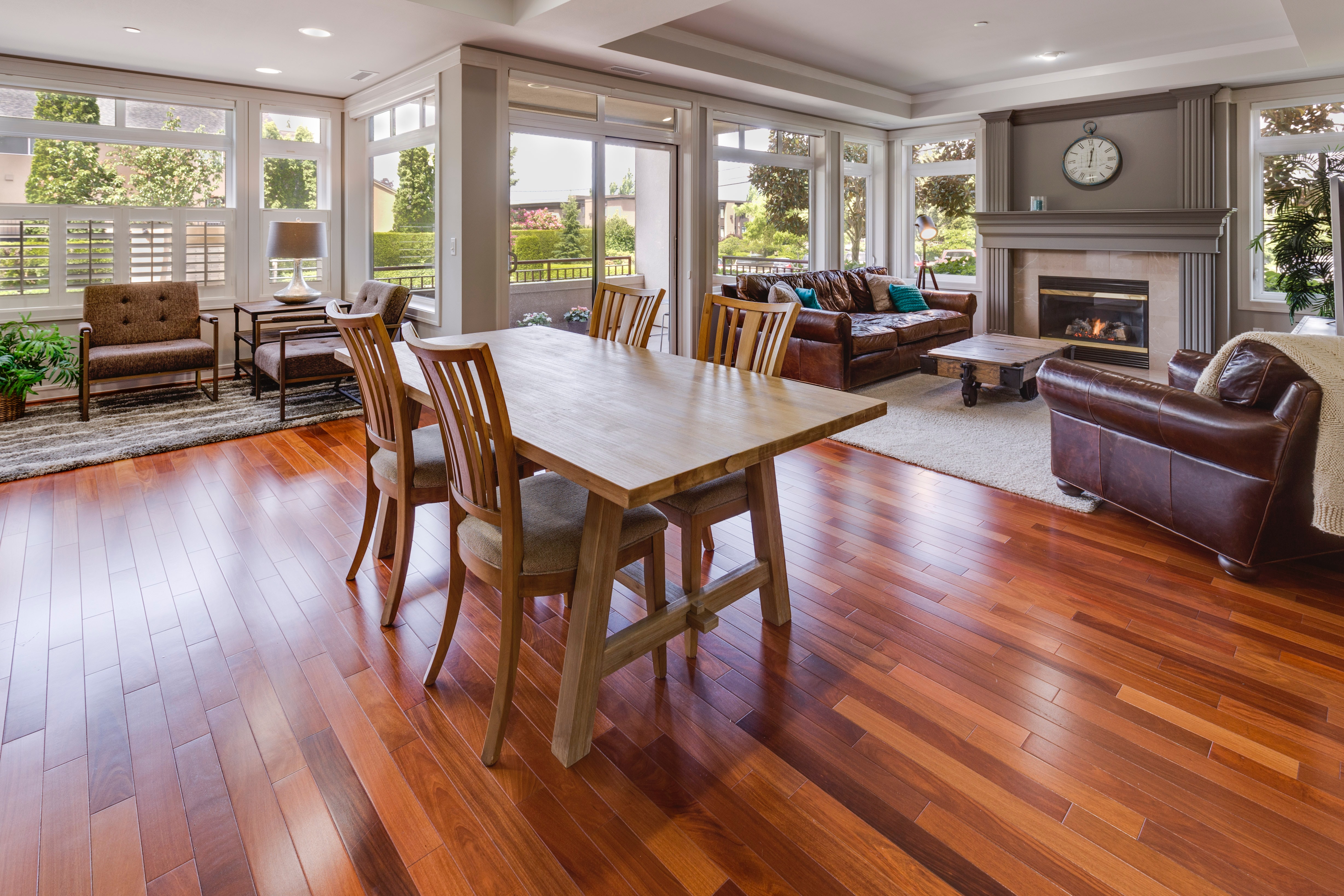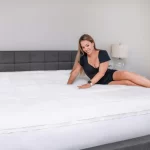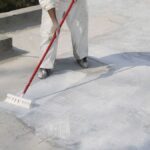People all across the globe have fallen in love with things made out of Bamboo. One of the best outcomes of this obsession is Bamboo flooring. Just imagine owning a house or any other property decked up with this kind of flooring.
Bamboo becomes the perfect choice for modern yet classy spaces with beautiful patterns, durability, and reliability.
If you live in NZ and are planning to reinvent your home with bamboo flooring, then here are a few things to consider before buying bamboo flooring in Auckland.
9 Things to Consider When Buying Bamboo Flooring
Type of room where the bamboo floor is going – The versatile and durable bamboo flooring has become a popular choice for areas like bedrooms, living rooms, hallways and more. While it’s two types, i.e. solid bamboo flooring and engineered bamboo flooring, can be used in rooms where humidity and temperature fluctuate, such as kitchens, utility rooms, etc.
But bamboo flooring is not suitable for the bathroom area because it’s only water-resistant but not completely waterproof.
Level of traffic expected in the room – Different styles of bamboo flooring have different strengths. For instance, strand woven bamboo flooring is best for highly expected traffic areas like a hallway, kitchen or commercial property.
Underfloor heating – Always make sure that you check with your flooring supplier that the manufacturer has tested the floor with underfloor heating. Both engineered and solid bamboo flooring is compatible with underfloor heating as they expand and contract with the temperature changes.
Total budget you want to invest – The price of bamboo flooring in Auckland depends on a variety of factors including, the fitting system, constructions of the plank and so on. Compared to engineered strand woven bamboo flooring, horizontal bamboo flooring is budget-friendly because of its fitting groove system and standard lacquer.
Style and colour of flooring – The shades and grain patterns of bamboo flooring can differ in all three styles, i.e. Horizontal, Vertical and Strand Woven. For example, Horizontal Bamboo has wider grain on the plank’s surface.
Vertical Bamboo has a much thinner grain, while strand woven has a random grain on the surface.
Different stains like chocolate and black can also add uniqueness to the bamboo flooring.
Check the eco-friendliness of bamboo flooring – You might already know that bamboo flooring is grass, and as compared to trees, Bamboo grows much faster and reaches maturity at five years. As an alternative to hardwood flooring, bamboo flooring is eco-friendly and sustainable.
But to check its eco-friendliness, the company selling the flooring should have Forest Stewardship Council (FSC) certification. Being a global organisation devoted to responsible management of the world’s forests, FSC ensures that the harvesting process of Bamboo maintains the forest’s natural biodiversity and ecological processes.
Types of Bamboo flooring installation – One of the most important things to consider before buying bamboo flooring is ‘Installation’. This factor can affect the entire process of bamboo flooring. Here are a few ways to install this kind of flooring in your home.
- Nail Down or Glue Down – This type of installation is best done by a professional installer or an experienced DIYer.
- Glue-Seam – In this installation, you require a bead of glue on the seams of the planks before joining them together. It is suggested to lay the glue on the entire floor for colour and pattern before it dries out.
- Glueless-Click – This is the easiest installation method as the planks are made to lock together without the need for glue or nails. Even a beginner can do it hassle-free.
Matching flooring accessories – There are a variety of bamboo flooring accessories available like skirting, beading, pipe covers, etc., to match up your bamboo flooring choices. All you have to do is find the right flooring accessory for your space.
Benefits of bamboo flooring for your home in Auckland
Lastly, do a little research about the benefits of Bamboo flooring. Some of them are mentioned below:
- It is available in a wide variety of styles, colours and grains.
- It is durable, eco-friendly and sustainable.
- It is a pocket-friendly alternative to hardwood flooring.
- It can be quickly & easily installed over almost any subfloor.
- It is compatible with underfloor heating.
- It is easy to look clean and maintain.
- It is water resistant.
Read more related articles at Newzholic










